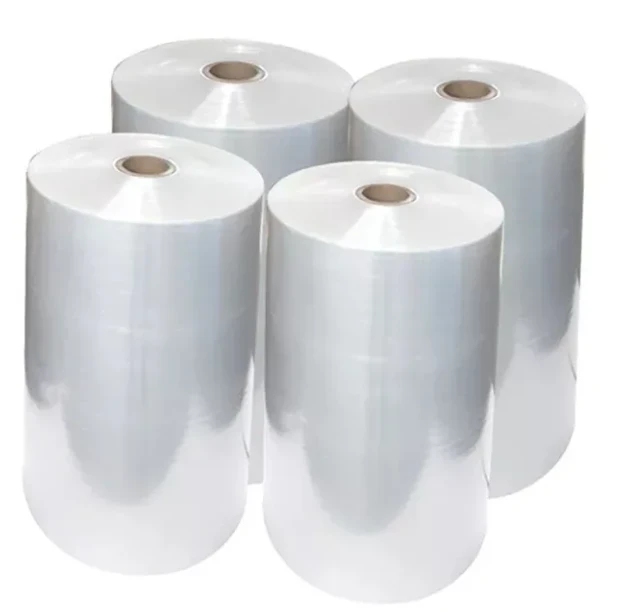- Afrikaans
- Albanian
- Amharic
- Arabic
- Armenian
- Azerbaijani
- Basque
- Belarusian
- Bengali
- Bosnian
- Bulgarian
- Catalan
- Cebuano
- chinese_simplified
- chinese_traditional
- Corsican
- Croatian
- Czech
- Danish
- Dutch
- English
- Esperanto
- Estonian
- Finnish
- French
- Frisian
- Galician
- Georgian
- German
- Greek
- Gujarati
- haitian_creole
- hausa
- hawaiian
- Hebrew
- Hindi
- Miao
- Hungarian
- Icelandic
- igbo
- Indonesian
- irish
- Italian
- Japanese
- Javanese
- Kannada
- kazakh
- Khmer
- Rwandese
- Korean
- Kurdish
- Kyrgyz
- Lao
- Latin
- Latvian
- Lithuanian
- Luxembourgish
- Macedonian
- Malgashi
- Malay
- Malayalam
- Maltese
- Maori
- Marathi
- Mongolian
- Myanmar
- Nepali
- Norwegian
- Norwegian
- Occitan
- Pashto
- Persian
- Polish
- Portuguese
- Punjabi
- Romanian
- Russian
- Samoan
- scottish-gaelic
- Serbian
- Sesotho
- Shona
- Sindhi
- Sinhala
- Slovak
- Slovenian
- Somali
- Spanish
- Sundanese
- Swahili
- Swedish
- Tagalog
- Tajik
- Tamil
- Tatar
- Telugu
- Thai
- Turkish
- Turkmen
- Ukrainian
- Urdu
- Uighur
- Uzbek
- Vietnamese
- Welsh
- Bantu
- Yiddish
- Yoruba
- Zulu
mm to gauge conversion
Understanding mm to Gauge Conversion A Comprehensive Guide
When it comes to various industries, especially those involving metal and wire production, the conversion between millimeters (mm) and gauge is an essential skill to master. Whether you are working with electrical wiring, sheet metal, or any other application where gauge measurements are pertinent, understanding how to perform this conversion will greatly enhance your accuracy and efficiency.
What is Gauge?
Gauge is a measurement system used primarily in the United States and a few other countries, especially in industries such as manufacturing and construction. The gauge number reflects the thickness of a material; however, the relationship between gauge and actual thickness is not linear. The American Wire Gauge (AWG) system is commonly used for electrical wires, while the Steel Gauge system is used for sheet metal.
The Conversion Process
The conversion between millimeters and gauge can vary depending on the type of gauge being used. For instance, the AWG system has different standards compared to the steel gauge system. Generally, as the gauge number increases, the actual thickness decreases.
To convert mm to gauge for wire, you can use reference tables that list the standard dimensions associated with each gauge number. For example, a 10-gauge wire has a diameter of approximately 2.588 mm. In contrast, a 20-gauge wire has a diameter of about 0.812 mm.
For sheet metal, the relationship also varies, but commonly accepted values indicate that a 16-gauge sheet is about 1.59 mm thick, while a 20-gauge sheet is approximately 0.91 mm thick.
Why is Conversion Important?
Understanding the conversion between mm and gauge is crucial for several reasons
mm to gauge conversion

1. Precision Many projects require exact measurements. Using the wrong gauge can lead to structural weaknesses or electrical failures.
2. Material Selection Different projects necessitate different types of materials. Knowing the proper gauge helps in selecting the right thickness for optimal performance.
3. Compliance Many industries have strict standards regarding material specifications. Complying with these standards ensures safety and efficacy.
4. Cost Efficiency Using the correct gauge can prevent material wastage, which ultimately saves money in production costs.
Practical Example of Conversion
Let’s consider an electrical project where you need to choose wire for a specific load. If the specifications call for a wire diameter of 1.0 mm, you would reference an AWG chart to determine the corresponding gauge. In this case, 1.0 mm generally corresponds to approximately 18 AWG, which is suitable for a medium electrical load.
Tools for Conversion
There are several tools available to assist with mm to gauge conversion. Online calculators can quickly give you the conversion results, or you can refer to printed charts available in industrial specifications and electrical codes.
Conclusion
In conclusion, converting mm to gauge is a critical skill across various industries. By understanding the differences in gauge systems, referring to appropriate charts, and recognizing the importance of accuracy, you can ensure that your projects meet professional standards. Whether you are a seasoned professional or a newcomer to these fields, mastering this conversion will empower your work and enhance your ability to communicate effectively within technical domains.













